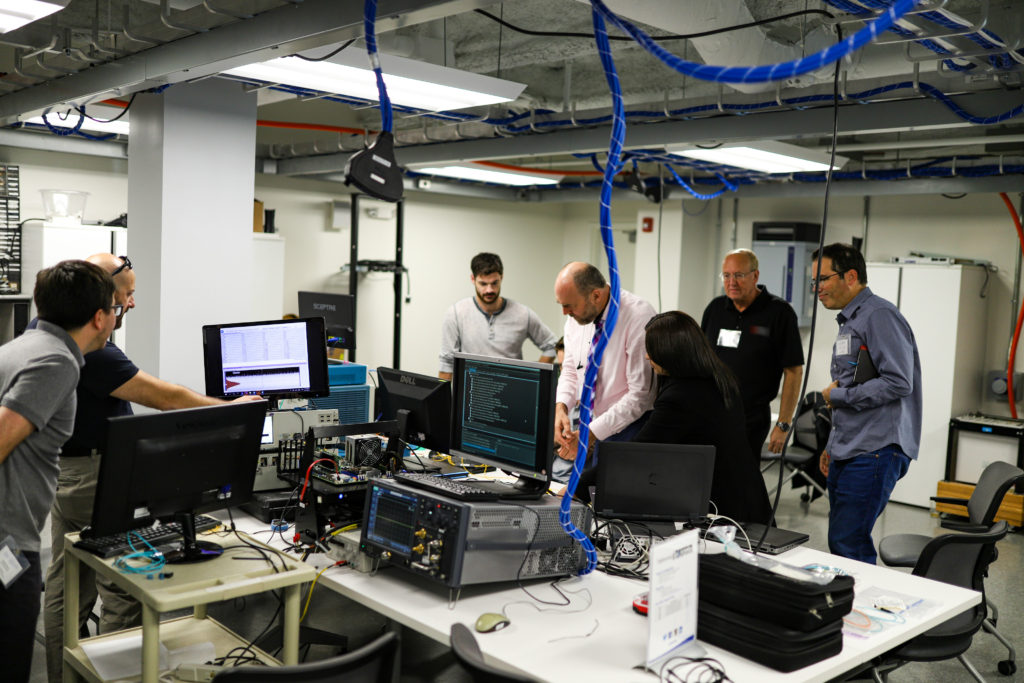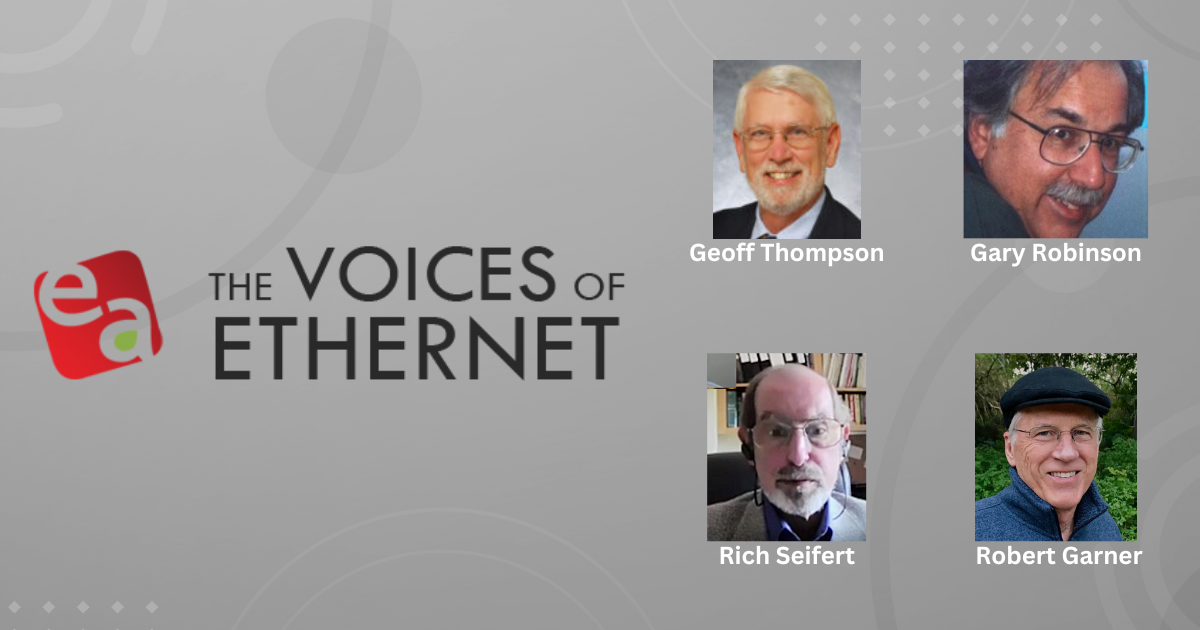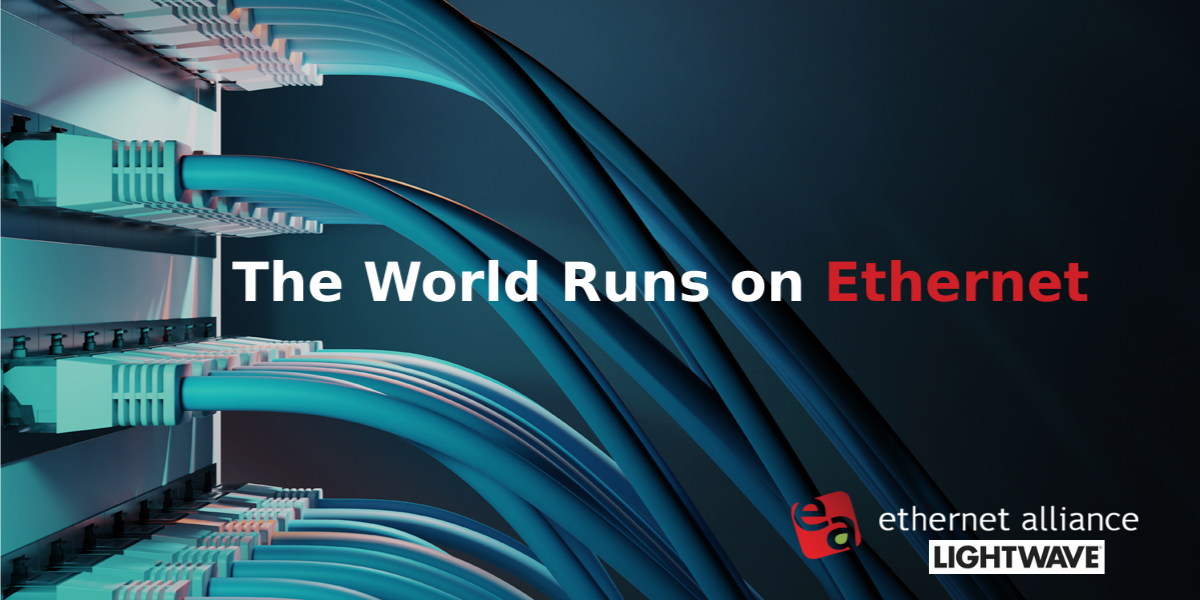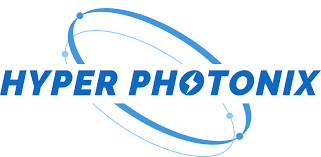Ethernet Alliance Welcomes Kent Lusted as Co-Chair of the High-Speed Networking Subcommittee
I am humbled and honored to be confirmed as the co-chair of the Ethernet Alliance Higher Speed Networking (HSN) subcommittee, joining Pavel Zivny in the effort to ensure broad interoperability of Ethernet technology. Superseding the late Dave Chalupsky in this role will be not be easy, however, I look forward to making the Ethernet world a better place! (Please note, I don’t play the banjo, nor do I sing as Dave did, so please manage your expectations accordingly.)
Interoperability is the foundation of Ethernet and makes Ethernet the ubiquitous fabric of choice. I first dipped my toe into the waters of higher speed networking interoperability back in 2007 when IEEE 802.3ap™’s 10GBASE-KR and SFF-8431’s SFP+ specifications were brand new. I was a young customer support engineer with a desire for challenging assignments and I worked feverishly to debug link issues of these PHY types within Intel’s Ethernet controller product line. I quickly learned that different vendors can and do implement their solutions in novel ways based on their interpretation of a specification. It is the assumptions in those interpretations that create link interoperability challenges for others. Just think of traveling from your home to the local grocery store. There are many routes available, which one will you take versus someone else and why? Naturally, there are individual preferences or restrictions that favor one path over another, shorter distance, less traffic lights, better roads, etc.
For the past decade, I have shifted my efforts to drive change into the Ethernet specification development process and the Ethernet ecosystem for the purpose of improving interoperability between vendors prior to new products entering the market. My philosophy became “fix it before it becomes a problem.”
The recent explosion of 50G/lane PAM4 and 100G/lane PAM4 technology brings with it a new set of compatibility challenges to the ecosystem as developers, implementers, and operators stretch the boundaries of networking. The 50G/lane and 100G/lane Ethernet technology evolutions were not and are not possible without everyone going back to the drawing board to devise innovative ways around barriers in the path. Never before has broad and seamless interoperability between all of the solution elements become so important to industry and to you, the end-user.
The duty of co-chairing the HSN subcommittee and orchestrating plugfests thrusts me from a participant to the forefront of Ethernet interoperability. A plugfest is a gathering, either in-person or via remote participation, in which different vendors of PHYs, systems, cables, and optics come together to see how compatible their products are to others. Plugfests consist of two elements, a Conformance Suite and an Interoperability Suite. The Conformance Suite measures the performance of a device (system, cable, optical module, etc.) to the relevant transmitter and receiver electrical specifications, while the Interoperability Suite connects one vendor (Vendor A) to another vendor (Vendor B) over a media (Vendor C) to confirm that link will successfully establish. If it does not, there is a sensible amount of time to debug the issue before it must be taken “offline”. The Interoperability Suite mixes and matches vendors until all have had a chance to try to link with one another. All in all, it is an exciting week!
I am truly excited for the opportunity to help lead the industry forward in this time of inflection. I look forward to enabling all of the various parts of the Ethernet ecosystem to work well with others, and I still find it amazing and satisfying to see the link LED turn on!





